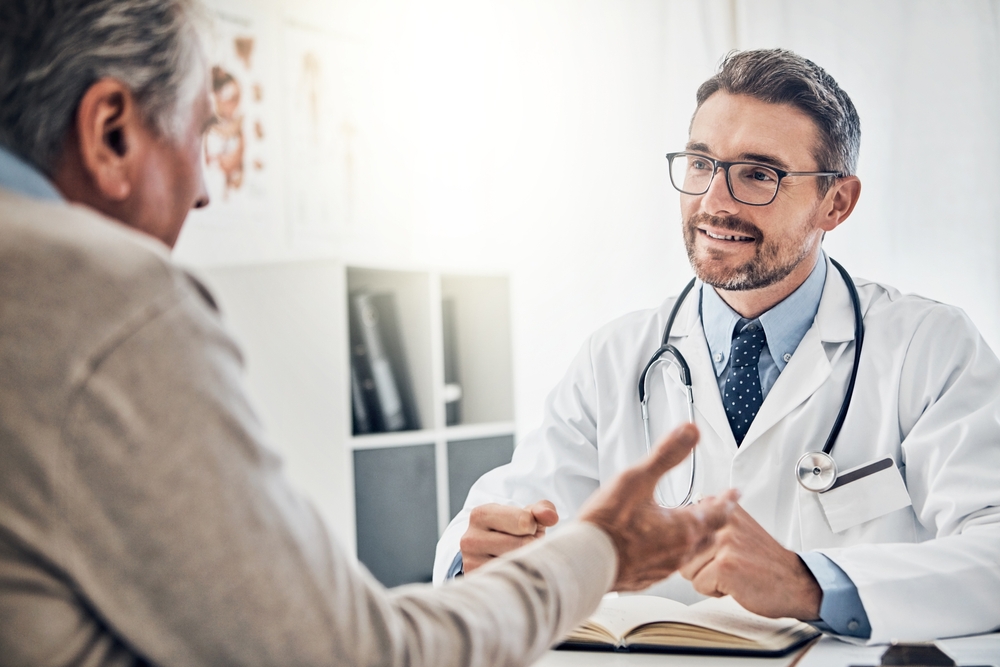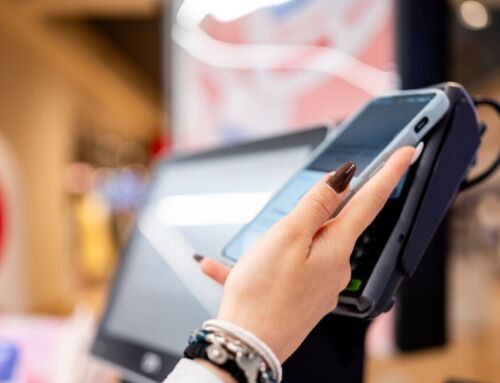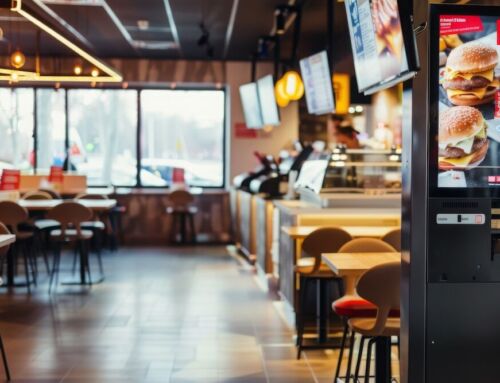Here at Acante, we love a good story of kiosk innovation that showcases the endless potential of this wonderfully flexible technology. This month, our collective eye was caught (excuse the pun!) by news of Eyebot, a US-based start-up that has developed a self-service vision test kiosk. Currently being trialled in several shopping malls, the kiosks return results in just 90 seconds.
We can see innovations of this kind revolutionising healthcare over the next decade or so. It’s a brilliantly simple concept that builds on technology already in widespread use. Cameras and retina scanning tools are part and parcel of biometric ID and security kiosks found in places like airports. Instead of cross-referencing the captured image of a person’s inner eye with personal records, Eyebot applies Computer Vision AI trained on medical databases to diagnose vision defects, signs of injury or ocular disease.
The potential to build on this concept is all but open ended. The technology used in wearable medical devices like blood pressure and ECG monitors can easily be converted for use in kiosks, facilitating basic health checks without the need to wait to see a doctor or nurse. With the right sanitation protocols, biosensor technology (which detects chemicals in biological samples) will surely one day radically extend this kind of self-service monitoring, screening and diagnosis to include mouth swabs, saliva, sweat and even ‘pin-prick’ blood samples.
But that’s all for the future. There is already no shortage of applications for self-service kiosks in the healthcare industry. And it’s a growing trend, with kiosk adoption in healthcare settings growing by 35% in the past year.
Especially in the wake of the COVID-19 pandemic, kiosks have been on the frontline of reforming healthcare services to make them more efficient, convenient and patient-centred. Central to this is the ability of kiosks to empower patients at the first point of contact in hospitals, surgeries and clinics by putting more control over their healthcare needs in their hands.
Here are five ways kiosks make that happen:
Speeding up Check-In and Registration
Self-service kiosks help patients bypass queues in crowded reception areas by checking in for appointments immediately on arrival, inputting personal details and completing necessary forms. Putting this in the hands of patients minimises errors and improves efficiency. In walk-in clinics and A&E departments, simple automated questionnaires on arrival help with the triage process and mean patients get seen more quickly.
Simplifying Appointments
Just as kiosks can be used by patients checking in for appointments, they can also be used to schedule follow-ups without having to queue at the reception desk.
Printing Prescriptions
Another time-saving use of kiosks in healthcare settings is allowing patients to print prescriptions for themselves. This all but eliminates waiting times for anyone looking to renew a repeat prescription. Clinicians can also send patients to get new prescriptions printed themselves, rather than doing it during the appointment, helping to trim appointment times and see the next patient sooner.
Helping Patients Take Charge
Healthcare kiosks can give patients secure access to health records, lab results, treatment plans and more, all without having to wait to see a doctor. As discussed above, this is likely to evolve more and more into ‘self-service diagnostics’, where patients can answer questions about symptoms and even carry out basic tests, before either being given advice on how to self-manage an illness or being referred to a professional. In this way, kiosks help patients actively manage their healthcare journey by retrieving essential information at their convenience.
Promoting Health and Wellness
Kiosks are an excellent resource for providing information as well as carrying out transactions. As well as personalised information relating to their own medical history, kiosks give patients access to informative content on preventive care, disease management, and healthy lifestyle choices, empowering them to make informed decisions about their well-being.




